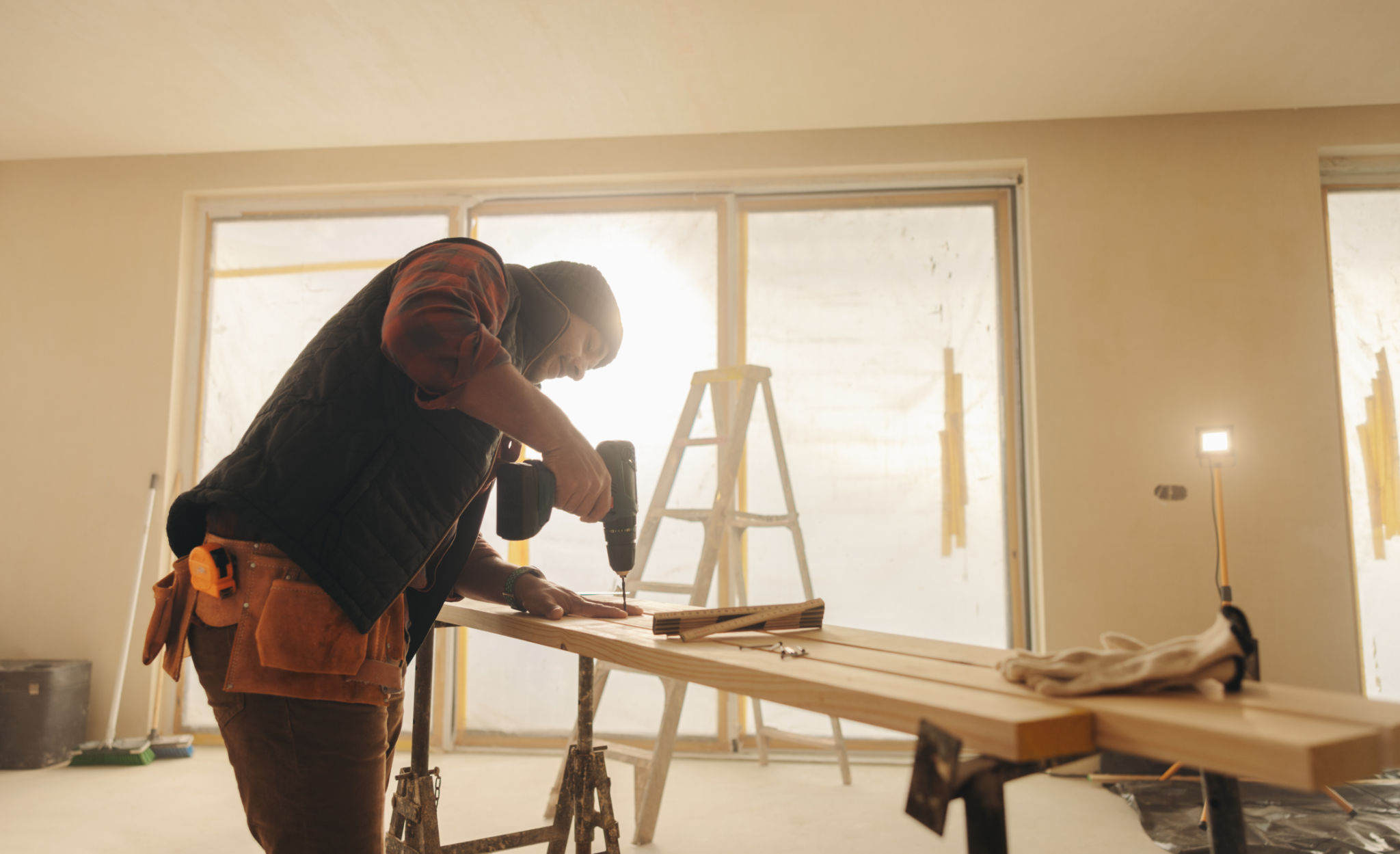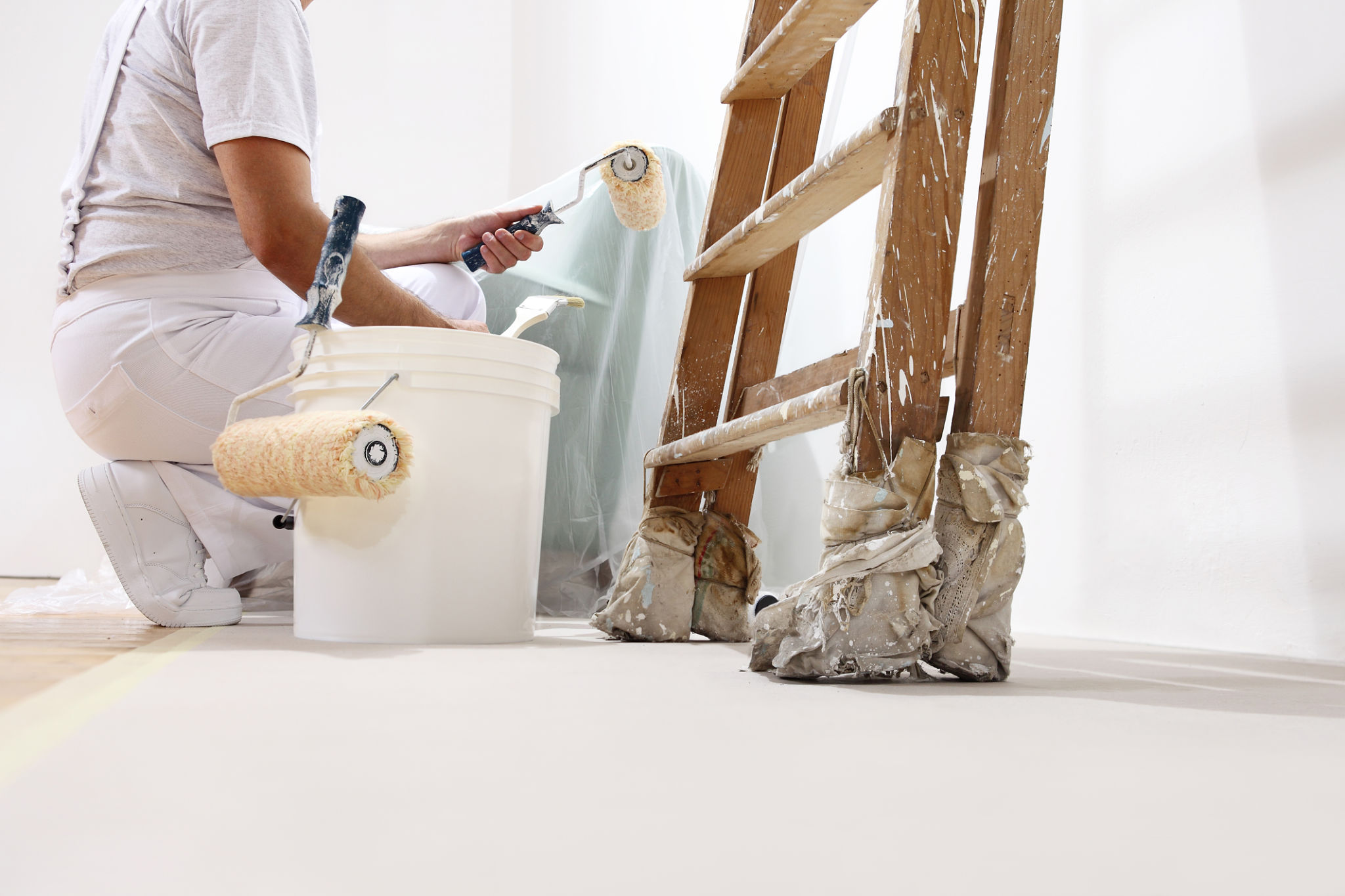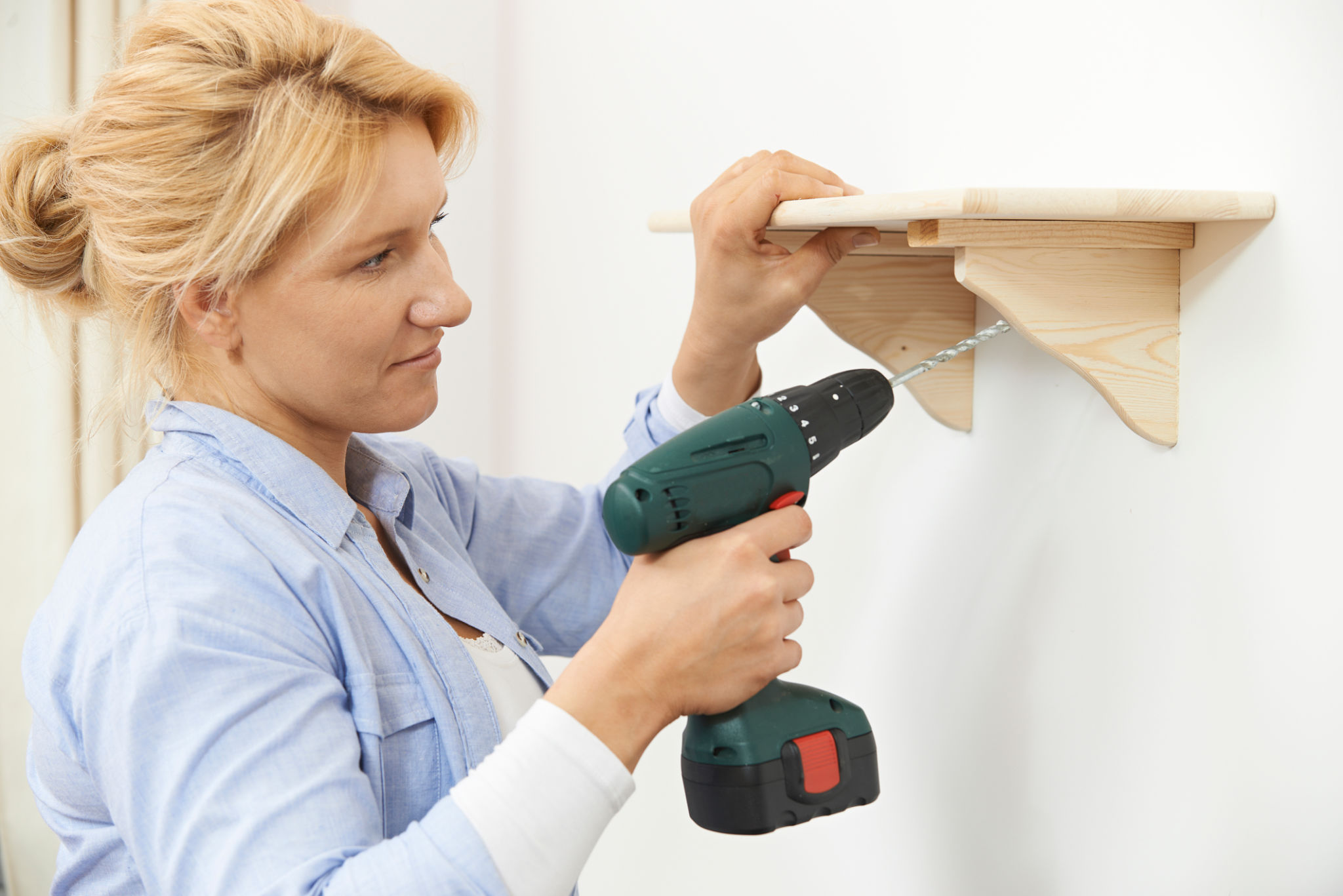DIY Home Improvement Projects for Beginners
Getting Started with DIY Home Improvement
Embarking on a DIY home improvement journey can be both exciting and daunting, especially for beginners. However, with the right guidance and a few simple projects, you can start enhancing your living space while gaining confidence and skills. Whether you're looking to refresh a room or tackle small upgrades, the key is to start small and build your expertise gradually.

Essential Tools for Beginners
Before diving into your first project, it's crucial to equip yourself with some basic tools. A well-stocked toolbox will not only make your projects easier but also more enjoyable. Some essential tools include a hammer, screwdrivers, a tape measure, a level, and a utility knife. Additionally, having a cordless drill and a set of drill bits can significantly expand the types of projects you can undertake.
Investing in quality tools is important as they will last longer and provide better results. Look for brands that offer warranties and have good reviews from other DIY enthusiasts. As you gain more experience, you can gradually add more specialized tools to your collection.
Painting: A Simple Way to Transform a Space
One of the easiest and most impactful DIY projects for beginners is painting. Changing the color of a room can dramatically alter its look and feel without requiring extensive skills or experience. Start by selecting a color that complements your existing décor or one that sets the mood you desire.
Before you begin painting, make sure to prepare the space properly. This includes cleaning the walls, repairing any holes or cracks, and using painter's tape to protect trim and edges. With patience and attention to detail, even a novice can achieve a professional-looking finish.

Revamping Your Living Room with New Lighting
Lighting plays a crucial role in setting the ambiance of a room. If your living room feels dull or outdated, consider upgrading your lighting fixtures as an easy DIY project. Swapping out an old ceiling light or adding new lamps can bring a fresh perspective to your space.
When choosing new lighting, think about the function of the room and the atmosphere you want to create. For instance, bright task lighting is ideal for reading areas, while softer ambient lighting can enhance relaxation in lounging spaces.
Installing Shelving for Added Storage
As you become more comfortable with basic DIY tasks, installing shelves is a fantastic next step. Shelving not only provides additional storage but also allows you to showcase decorative items, adding personality to your home.

Select shelves that suit your style and space requirements. Floating shelves are popular for their sleek appearance and versatility. Be sure to measure accurately and use appropriate anchors if you're installing them on drywall to ensure they are secure.
Maintaining Your DIY Projects
Once you've completed your DIY projects, it's important to maintain them to keep your home looking its best. Regular cleaning and inspections will help ensure that your improvements last for years to come. For painted surfaces, use gentle cleaners to avoid damaging the finish. Periodically check shelves and light fixtures for stability and make any necessary adjustments.
By taking care of your DIY endeavors, you'll not only preserve their appearance but also continue to build your skills for future projects.
Building Confidence Through Practice
The more you practice DIY home improvement projects, the more confident you'll become in your abilities. Start with small tasks and gradually work up to more complex projects as you gain experience. Remember that mistakes are part of the learning process, and each project completed will add to your knowledge and satisfaction.

Ultimately, DIY home improvement is about creating a space that reflects your personal style while developing valuable skills along the way. So roll up your sleeves, grab your tools, and start transforming your home one project at a time!